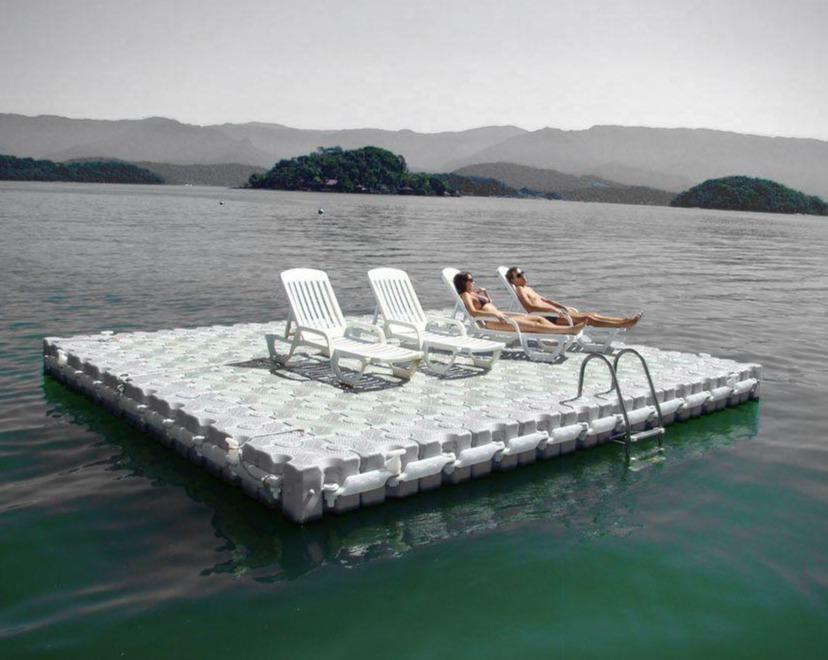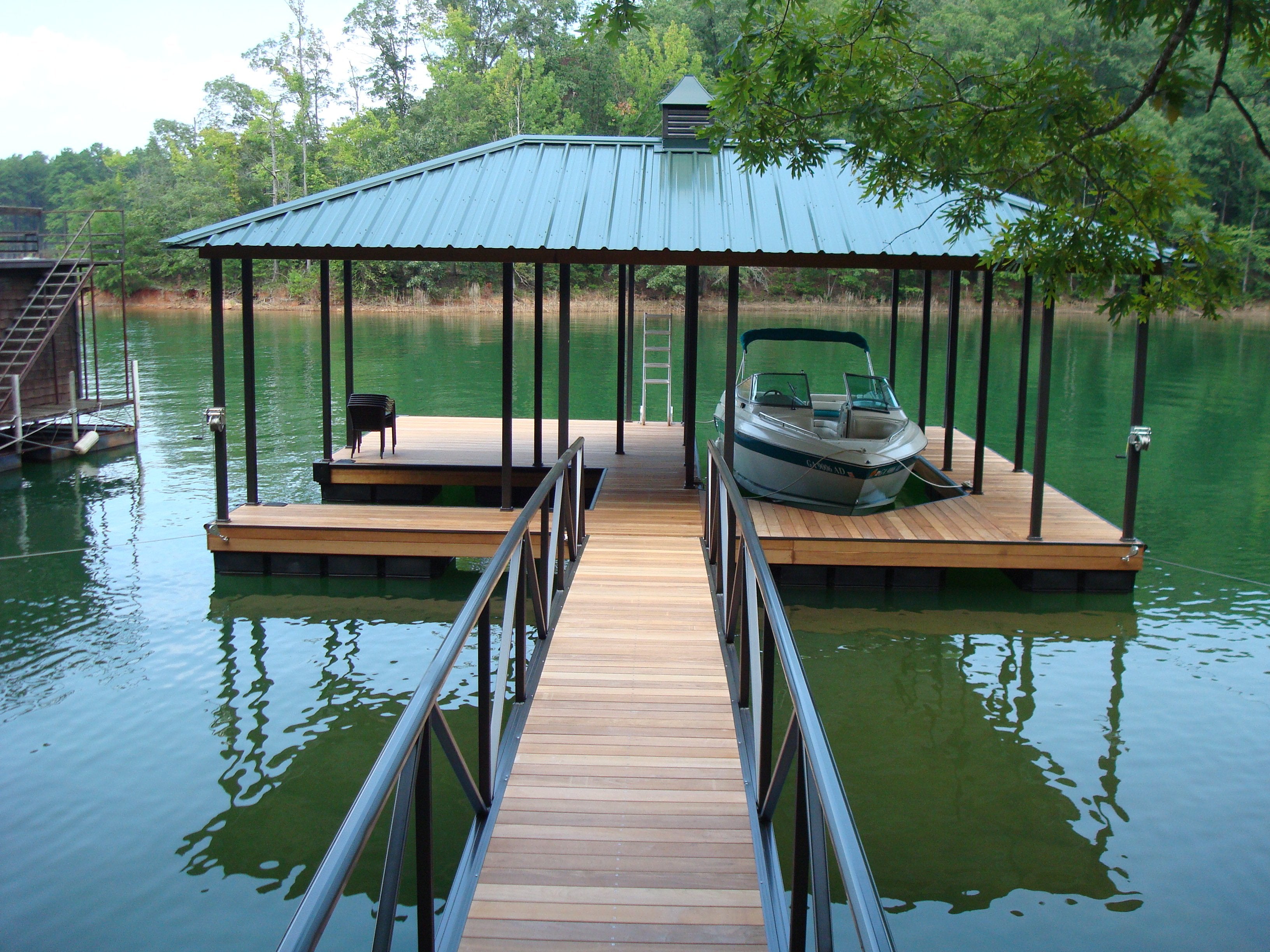Floating Docks: The Smart Choice for Modern Waterfront Living and Recreation
Wiki Article
Create the Perfect Docking Service With Floating Docks
Floating docks existing a flexible solution for a variety of maritime needs, adapting flawlessly to varying water levels and diverse vessel types. Their modular nature allows for fast setup and moving, yet the choice of suitable products and style features is important for making sure both performance and visual charm. As we check out the necessary aspects that contribute to the effectiveness of floating docks, a number of essential variables regarding security and maintenance will certainly emerge, increasing questions about exactly how to maximize your docking experience. The subsequent discussion will certainly illuminate these vital factors to consider.
Benefits of Floating Docks
Floating docks deal numerous advantages that make them a suitable selection for various maritime applications. One of the main advantages is their versatility to altering water degrees. Unlike fixed docks, floating docks increase and autumn with the tide, guaranteeing constant access for vessels. This feature is specifically vital in areas susceptible to considerable tidal changes or seasonal water level changes.In addition, floating docks are typically easier and quicker to mount contrasted to conventional fixed frameworks. Their modular style permits simple assembly and disassembly, promoting upkeep and relocation when necessary. This adaptability is particularly advantageous for temporary applications or in settings where conditions might alter.
Floating docks also often tend to be much more eco-friendly, as they reduce disruption to the seabed and bordering aquatic ecosystems. Their resilient nature minimizes the risk of damages to marine life, advertising a healthier setting. These docks can be customized to accommodate numerous vessel sizes, making certain that they meet details operational requirements.
Inevitably, the combination of versatility, simplicity of installation, and environmental factors to consider makes floating docks an extremely reliable solution for a variety of maritime requirements.
Selecting the Right Products
Selecting the suitable materials for floating docks is essential to make certain durability, durability, and stability. The option of products straight influences the dock's efficiency in numerous ecological problems, consisting of direct exposure to water, sunshine, and possible wear from aquatic web traffic.Typical products used for floating docks include aluminum, timber, and high-density polyethylene (HDPE) Light weight aluminum is light-weight, corrosion-resistant, and needs minimal maintenance, making it an outstanding option for durability. Nevertheless, its preliminary expense can be higher compared to various other products.
Wood, while visually appealing and providing a traditional look, can be at risk to rot and pest damages otherwise appropriately treated. For that reason, using pressure-treated timber or normally long lasting types like cedar or redwood can mitigate these concerns.
HDPE is a prominent choice as a result of its resistance to UV rays and chemicals, in addition to being eco-friendly. floating dock company. It is lightweight and readily available in numerous colors, permitting personalization
Ultimately, the appropriate material selection will rely on particular requirements, including spending plan, preferred aesthetics, and ecological factors to consider. Cautious examination of these elements will lead to a effective and resilient floating dock remedy.
Design Factors To Consider for Security
When creating floating docks, making certain stability is an essential facet that can dramatically affect their functionality and security. Stability in floating dock style is affected by different aspects, consisting of buoyancy, weight circulation, and the setup of parts.Weight circulation is crucial; evenly distributing loads across the dock avoids tilting and enhances security. This can be achieved with tactical placement of docking tools, such as fenders and cleats, in addition to appropriate spacing of drifts. Furthermore, the measurements of the dock ought to be attentively planned. Larger styles can supply boosted security, specifically in harsh water conditions, while longer docks might require added supports to avoid sagging.
click here to find out more One more essential consideration is the environmental influence, including wave activity and wind. Including attributes such as sidewalls or skirting can assist reduce the results of ecological pressures, keeping security in adverse conditions. Ultimately, a mix of thoughtful design, material selection, and understanding of ecological aspects will generate a floating dock that fulfills both stability and safety needs.
Installment Tips and Methods

Following, safeguard the needed licenses and go follow regional policies, which may determine setup techniques and environmental considerations. If called for, involve a certified professional experienced in floating dock installments. Usage top notch materials designed for aquatic atmospheres to boost longevity and long life.
When placing the dock, align it alongside the coastline to promote simple access. Guarantee that the anchoring system is robust, employing concrete blocks or helical anchors to maintain the dock versus wind and wave action. It's important to account for seasonal water degree changes, including possible ice movement in cooler climates.
Throughout the setup, double-check the dock's floatation and security before wrapping up the anchoring. Consistently check the installation for any type of signs of wear or damages. By following these strategies and suggestions, you can attain a safe, useful, and visually pleasing floating dock installation that fulfills your needs.
Upkeep and Care Guidelines
Caring and keeping for floating docks is critical to prolonging their life expectancy and making certain safe usage. Routine assessments should be conducted to determine any type of indicators of wear, damages, or aquatic growth. Search for fractures, loose fittings, or stained areas on the dock's surface, as these problems can endanger architectural honesty.Cleansing is essential. Use a pressure washer to remove algae, barnacles, and debris, which can build up in time. For stubborn growth, think about eco-friendly cleaner that will not hurt water life.
Furthermore, inspect the mooring lines and supports often to ensure they are complimentary and safe and secure from corrosion. Change any frayed or harmed lines quickly to keep security.
During severe weather condition, such as storms or freezing conditions, take preventive actions. Protect the dock with added mooring lines and, if possible, get rid of any type of detachable elements to stop damages.
Conclusion
Finally, the application of floating docks presents a reliable and flexible docking option appropriate for numerous maritime applications. Their versatility to rising and fall water degrees, incorporated with a modular style, permits easy personalization and moving. Selecting ideal materials boosts both sturdiness and aesthetic appeal, while mindful factor to official source consider of stability ensures safety and longevity. With appropriate installation and normal upkeep, floating docks can supply effective and dependable docking experiences for a large range of vessels.As we explore the essential aspects that add to the efficiency of floating docks, a number of vital elements pertaining to stability and upkeep will arise, raising questions about just how to enhance your docking experience. Unlike repaired docks, floating docks rise and autumn with the tide, ensuring regular access for vessels.When developing floating docks, guaranteeing security is a basic element that can dramatically affect their capability and security. Stability in floating dock design is influenced by various factors, consisting of buoyancy, weight circulation, and the plan of components. Inevitably, a combination of thoughtful design, material option, and understanding of ecological aspects will certainly produce a floating dock that meets both stability and safety demands.
Report this wiki page